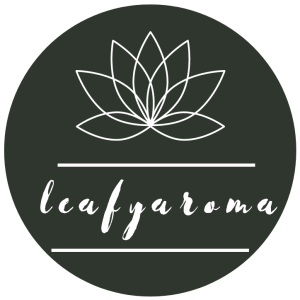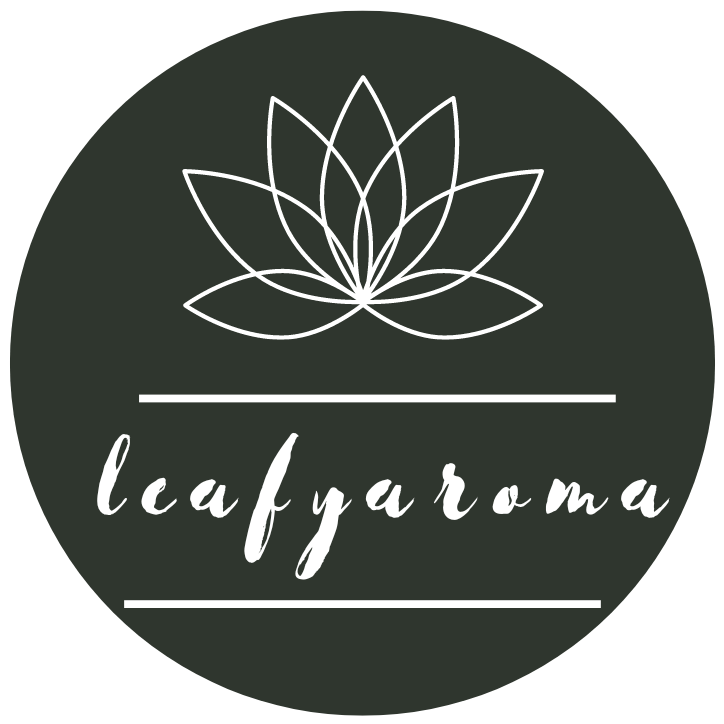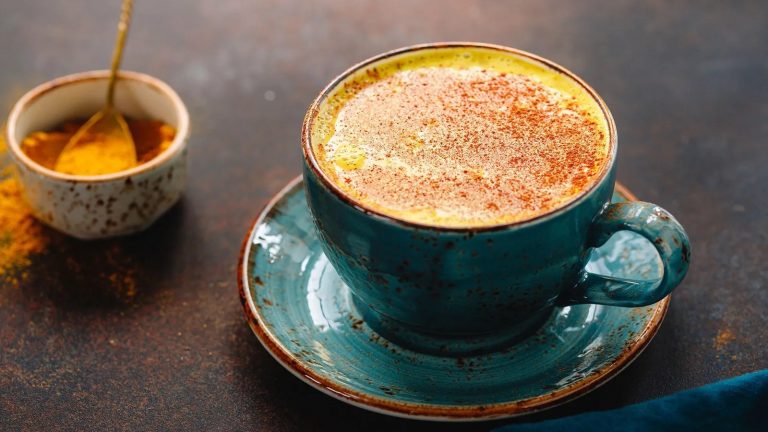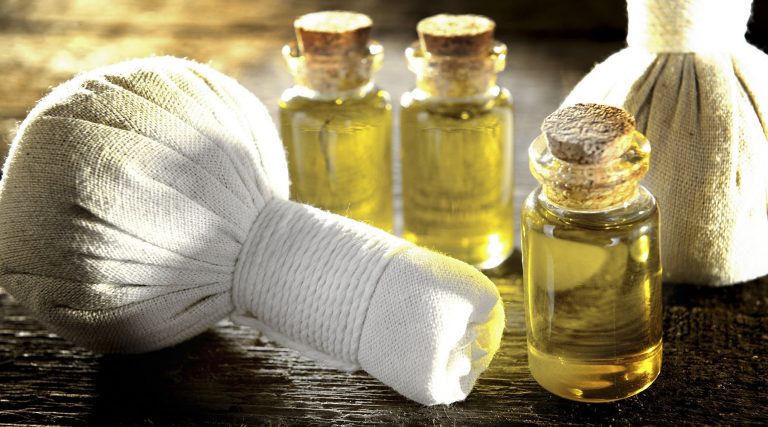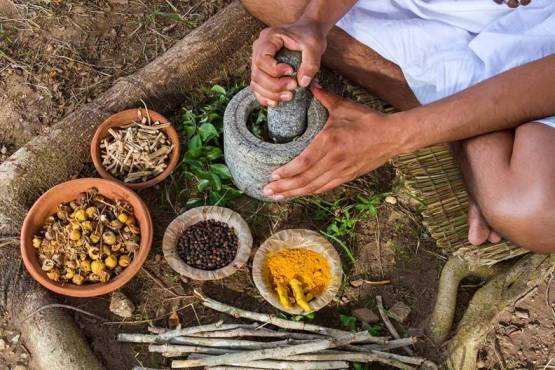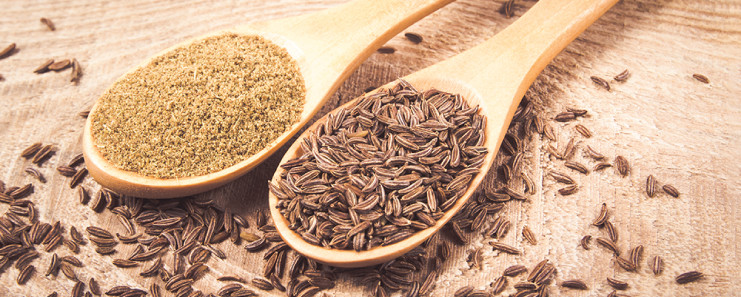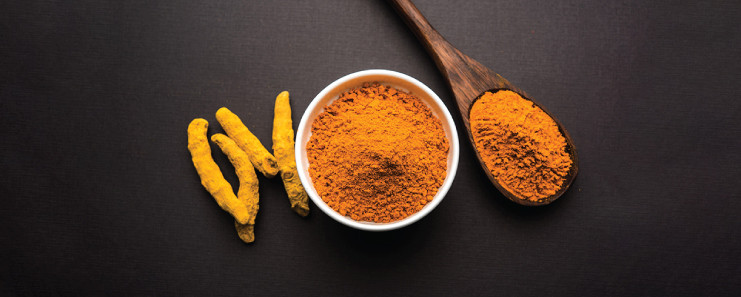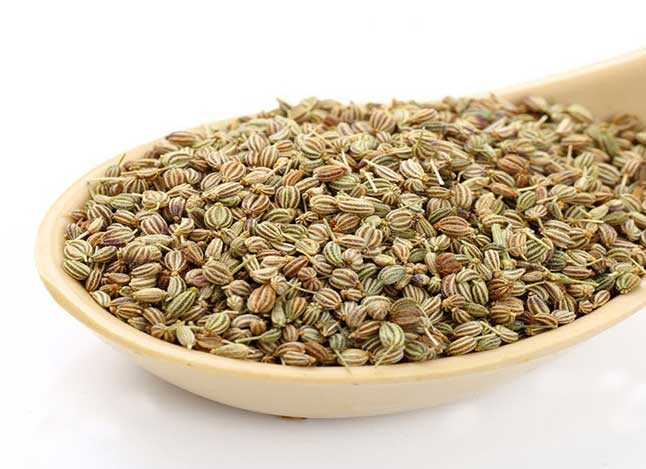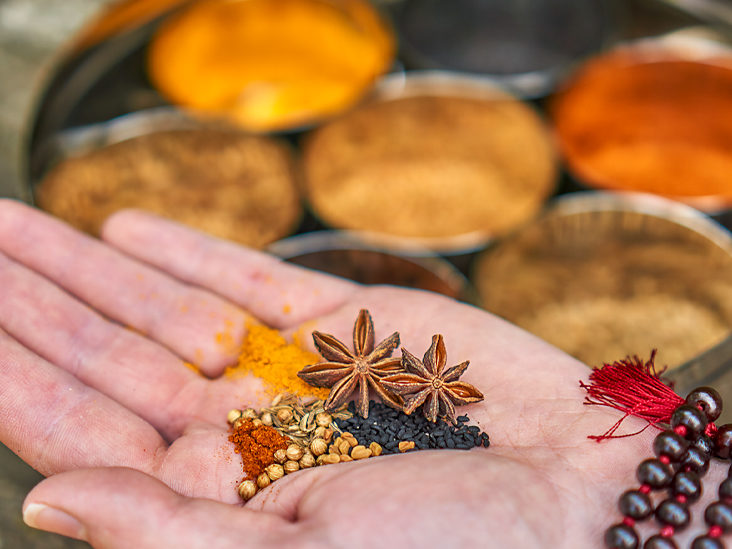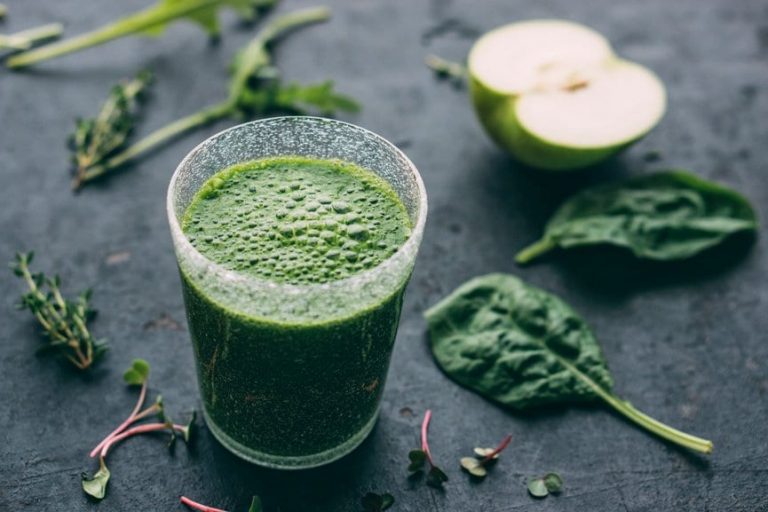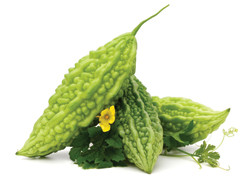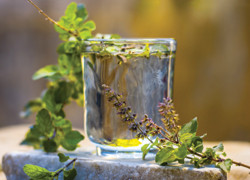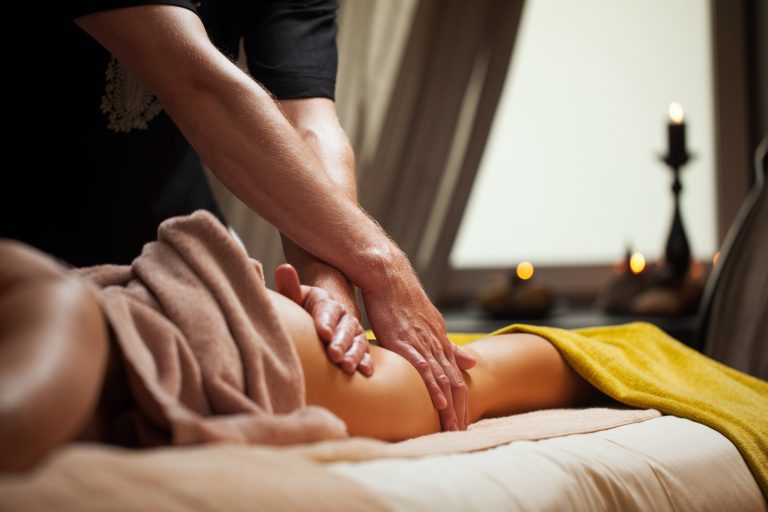Turmeric coffee and golden milk lattes have surged in popularity over the past few years — and for good reason. These beverages are warm, comforting, colorful, flavorful, and loaded with healthy nutrients and antioxidants.
Turmeric coffee is incredibly simple, as the only extra ingredient is turmeric, a vibrant yellow spice that is widely used in Indian cooking and traditional medicine. It contains a compound called curcumin, which is anti-inflammatory and may possess pain-relieving properties (1).
Golden milk lattes are another drink made with turmeric. They may also contain other spices, such as ginger, black pepper, or cinnamon, and can be made with or without coffee.
This article reviews all you need to know about turmeric coffee and its benefits.
To make turmeric coffee, you simply add turmeric — and other spices, if you like — to coffee to boost its health profile.
Turmeric boasts curcumin, which is a powerful antioxidant compound that gives this spice its color. It possesses anti-inflammatory, antimicrobial, anti-aging, and pain-relieving properties (1).
Many proponents claim that turmeric’s mildly spiced flavor works particularly well with coffee.
Homemade turmeric coffees range from exceedingly basic — stirring a bit of turmeric powder into black coffee — to more involved recipes that can serve as a meal replacement. Common additions to turmeric coffee include:
- black pepper
- cloves
- cinnamon
- ginger
- dairy or plant-based creamer
- sweetener
- butter
- coconut oil
Golden milk lattes
A golden milk latte is a warm drink that features turmeric as its key ingredient, which gives the drink its inviting golden-yellow color. It emerged as a health tonic, but many people drink it for turmeric’s unique color and flavor.
Turmeric lattes can be made in many different ways, but they all share two ingredients: turmeric and dairy or plant-based milk. They may or may not feature coffee, as well as other spices like ginger, black pepper, cinnamon, and vanilla. Many people also add honey as a sweetener.
Golden milk lattes are easy to make yourself using turmeric and other desired ingredients, but you can also purchase premade mixes that only require being frothed with milk.
Summary
Turmeric coffee is a simple beverage made by adding turmeric — and sometimes other spices — to coffee. On the other hand, golden milk lattes are warm drinks made with turmeric and milk, with coffee considered optional.
One drawback of turmeric is that it’s hard for your body to effectively absorb, which limits its usefulness (2).
In fact, adding turmeric to coffee may make it even more difficult for your body to use. In acidic liquids — those with a pH of six or lower — the solubility of curcumin decreases. Coffee is an acidic beverage with a pH around five (2, 3).
However, there are some strategies to improve curcumin absorption from foods and beverages.
Black pepper is commonly paired with turmeric in turmeric coffee, golden milk lattes, and other dishes because it contains the compound piperine, which helps boost absorption of curcumin (2).
Additionally, curcumin is fat-soluble, so consuming it with fat may increase its absorption. As such, adding a source of fat — be it milk, creamer, butter, or oil — to your turmeric coffee may help you absorb this compound more effectively (2).
Summary
The curcumin in turmeric can be difficult for your body to absorb. While the acidity from coffee may impede its absorption further, adding black pepper and a source of fat may optimize absorption.
Thanks to curcumin and other related compounds, called curcuminoids, found in turmeric, turmeric coffee offers many potential benefits. These include:
- Reduced inflammation. Curcumin may alleviate chronic inflammation, which has been linked to chronic ailments like cancer, heart disease, type 2 diabetes, mental decline, and some digestive disorders (4).
- Pain relief. Curcumin may reduce inflammatory and nerve pain. Many natural pain relief supplements feature curcumin as a key ingredient (5).
- Increased antioxidant activity. Curcumin may help neutralize harmful free radical compounds, which cause cellular damage when they build up in high enough levels in your body (6).
- Immune support. By reducing inflammation and increasing antioxidant activity, turmeric may help your body more effectively ward off harmful pathogens (7).
However, many of the studies supporting these benefits use larger doses of curcumin than you get from an occasional dose of turmeric in your coffee or golden latte. Therefore, larger, high quality studies in humans are still needed.
Summary
Turmeric may offer anti-inflammatory, pain-relieving, antioxidant, and immune-strengthening benefits. However, turmeric coffee and golden milk lattes may not offer enough of this compound to yield these benefits.
If you have cooked with turmeric powder, you know how fine and potent it is. It only takes a small amount of turmeric to add a pleasant flavor to turmeric dishes — or to stain your fingertips and countertops yellow.
For this reason, a golden milk latte or coffee with turmeric doesn’t need very much. Typically, about 1/2 teaspoon (1.5 grams) of turmeric per serving will do the trick.
Feel free to add more if you enjoy a strong turmeric taste. Turmeric powder is safe in amounts that would typically be used in cooking and baking.
However, if you’re also taking curcumin or turmeric supplements, be sure to stick to the manufacturer’s dosage recommendations. Doses of 6 grams or more of curcumin daily may result in mild digestive upset in some people (8).
Summary
Turmeric powder is very strong. You need only a small amount in your coffee or golden milk latte.
Interested in trying a golden milk latte for yourself? They’re simple to make and require just a few common ingredients. If you use skim milk or a low fat plant-based milk, add some coconut oil or butter to increase the fat content and improve curcumin absorption.
Kitchenware
- small saucepan
- spoon
- frothing wand (optional)
Ingredients
- 1 cup (240 mL) of milk, dairy or plant-based
- 1/2 teaspoon (2 grams) of turmeric
- 1/4 teaspoon (1 gram) of black pepper
- 1/4 teaspoon (1 gram) of cinnamon
- 1/4 teaspoon (1 gram) of vanilla extract
- optional: honey to taste
- optional: 1–2 ounces (30–50 mL) of espresso or strong coffee
- optional: 1/2 tablespoon (6 grams) of butter or coconut oil
Directions
- In a small saucepan, heat the milk, turmeric, pepper, cinnamon, vanilla, optional coffee, and optional butter or oil on low. Whisk regularly until hot.
- Carefully transfer the latte to a large heat-safe mug and sweeten with honey to taste, if desired.
- Optional: For a frothy latte, transfer just a small amount of the drink to your mug and use a frothing wand to make it bubbly. Then, carefully fill the cup with the remainder of the latte.
Summary
You can make a simple golden milk latte with turmeric, the milk of your choice, and several other spices. Coffee and sweeteners like honey are optional.
Turmeric is loaded with health benefits from the curcuminoids it contains. Thus, turmeric coffee and golden milk lattes offer easy, delicious ways to add this spice to your diet.
However, turmeric isn’t well absorbed. The addition of fat and piperine from black pepper helps maximize the amount that your body can use.
You can easily make turmeric coffee or golden milk lattes for yourself at home.
